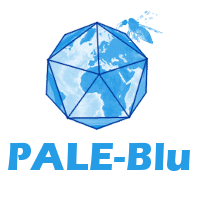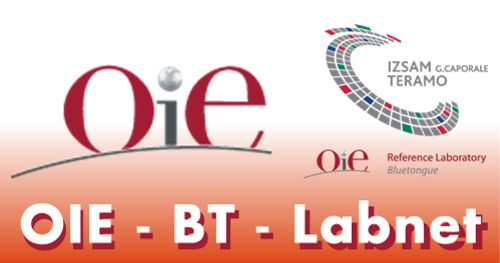Publication type:
EDENext Number (or EDEN No):
Bibliography Partner:
Journal:
Status:
Year:
Reference:
Host:
Pathogen:
Data description:
Keywords:
Full Publication:
Abstract:
We conducted a case-control study to evaluate risk factors for cutaneous leishmaniasis caused by Leishmania infantum outbreaks in villages in the Cukurova region, South Anatolia, Turkey. 282 respondents from eight villages were interviewed using structured questionnaires. Epidemiological and clinical characteristics, personal protection and knowledge of leishmania were analyzed. Young people, aged from 5–19 years, were found to be the most endangered group of villagers. The concurrent presence of both lesions and scars in nine persons may indicate repeated infections. Sleeping without bed nets, ownership of a dog and cattle ownership (living close to a barn and storage of dried dung according univariate analyses) were associated with a significantly increased risk of leishmania infection. Non-impregnated bed nets provided only partial protection, but their use decreased the risk approximately 1.6 times. Further research on the role of dogs in the transmission cycle and the effect of suitable interventions are needed to design the best strategy for disease control. Results suggest that personal protection should be increased, particularly among outdoor sleepers, with insecticide-treated bed nets suggested as the best choice.





